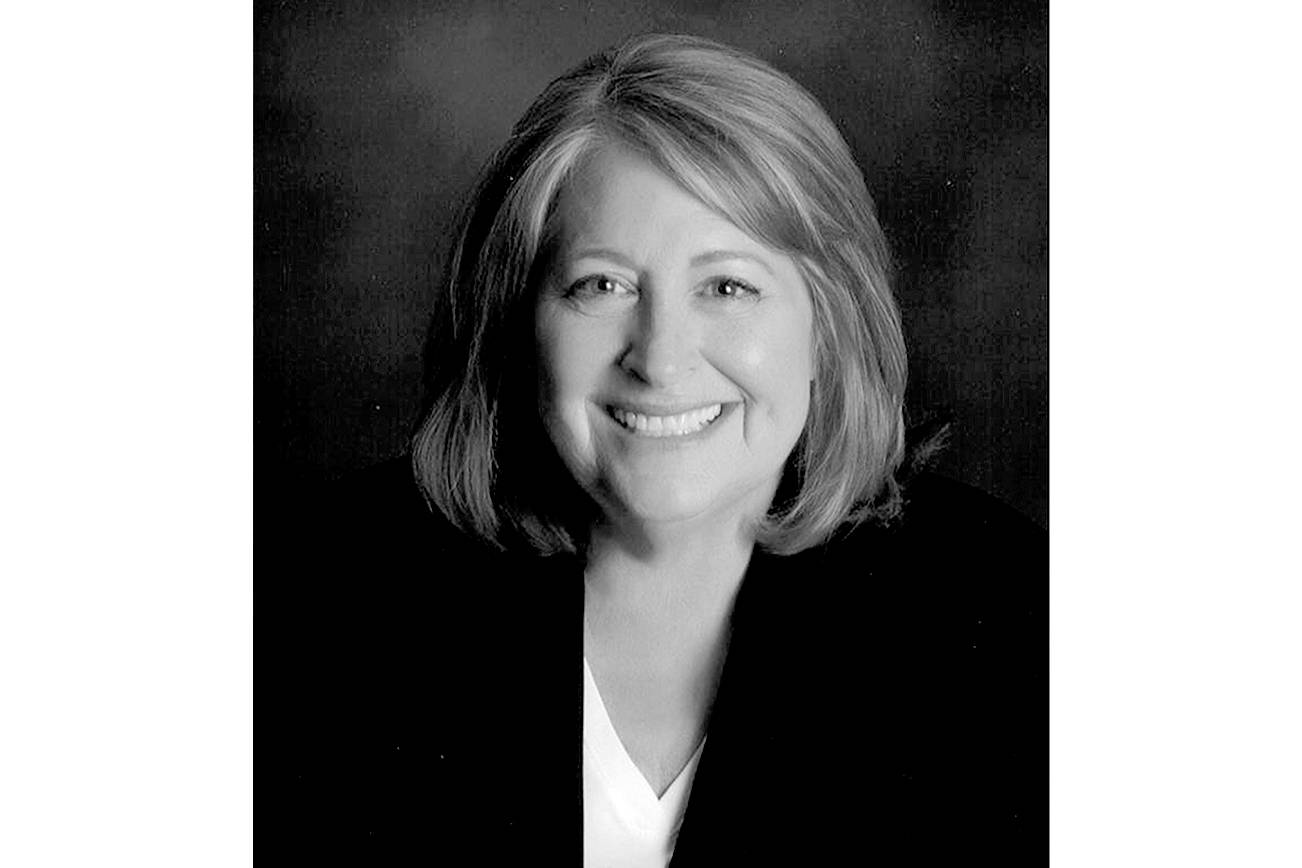By Barb Tolbert
Over several months I have received a number of calls and emails about growth in Arlington. I want to share with you why this growth is essential to economic equity in our community.
After the Oso Landslide, the city was not only dealing with the emotional aspects of this tragedy, we were also facing the financial impacts. In late 2014, Arlington was just emerging from the Great Recession and downtown Arlington had 24 vacant storefronts. Many of our households were facing financial hardship. A United Way study of poverty in Snohomish County identified that one in three households in Arlington were struggling to make ends meet. The region’s high cost of living was affecting the ability of many to afford housing, transportation and child care, making it harder for residents to get and keep a good job. And although the high concentration of aerospace and manufacturing industries has led to considerable wealth in the county, the region’s high cost of living has kept many families at risk of falling into or never escaping poverty.
The city realized that a strategic effort to address poverty and economic inequality in our community was essential to our viability. The city then worked with Darrington and Snohomish County, among other partners, to develop the Stillaguamish Valley Economic Recovery Plan. It outlines essential elements to recover from the natural disaster and make us more resilient to economic downturns, focusing on areas of employment, education, workforce training and affordable housing, while preserving the unique quality of life inherent to the Stillaguamish Valley.
The city’s focus was on growing family wage jobs. This effort was two-pronged – focusing on education and workforce training and increasing jobs available to residents. We began by capitalizing on the industries in Arlington, connecting these suppliers with new manufacturers, and Arlington’s land bank. Growth at Paine Field and areas in Seattle have forced many companies to relocate to Arlington. These relocated companies have brought both short- and long-term job opportunities to residents.
The city grew the number of jobs in town by 3,000 between 2014-18. We continue to channel our energies on the development of the Arlington-Marysville Manufacturing Industrial Center, which is estimated to bring another 15,500 family wage jobs by 2040. Our downtown core has benefitted from this growth, with just five vacant storefronts in late 2018. Our focus on job creation led to the discovery that although we had an available workforce, they needed to be better educated and trained. The city is working with existing industries to identify education gaps. It is working with Arlington Public Schools and Everett Community College to bridge those gaps with programs like the Aerospace Joint Apprenticeship Committee at Arlington High School, and Everett Community College’s Advanced Manufacturing Training and Education Center at Weston High School. These training programs provide real-world experience and apprenticeships, leading to lifelong career opportunities and family wage jobs. Growing family wage jobs and education and workforce training is only part of the equation to address economic inequity. In the coming weeks, I will share some of our additional efforts to address affordable housing and infrastructure needs, all without changing our unique culture and character.
Barb Tolbert is mayor of Arlington. Her column runs monthly.


